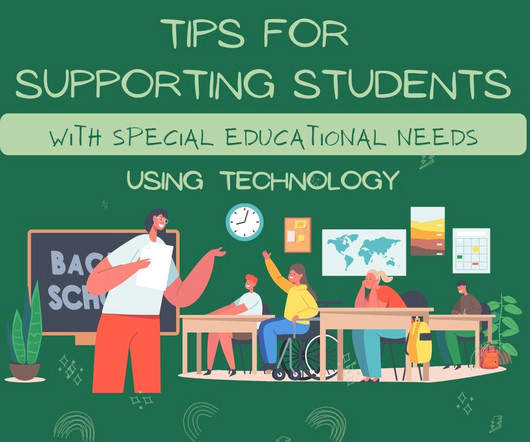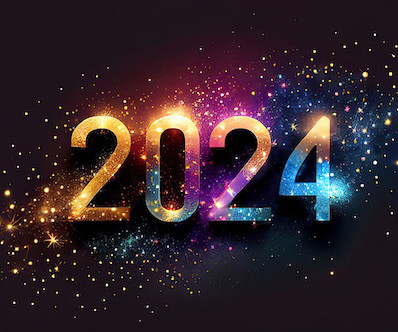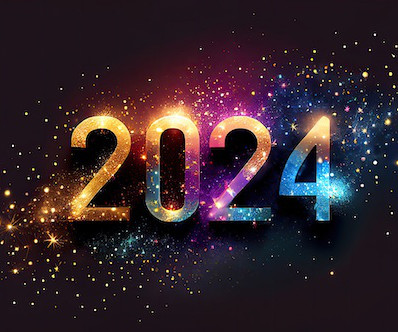Asynchronous Learning or Live Lessons? Which One Works Better for Me?
Edsurge
OCTOBER 1, 2020
By contrast, children who have the most support at home can make more progress in asynchronous online learning environments, which adds new dimensions to existing educational inequities. Here’s how one special education teacher, Stephanie Landrum, who teaches at Horizon K-8 Charter School in Boulder, Co.,















Let's personalize your content